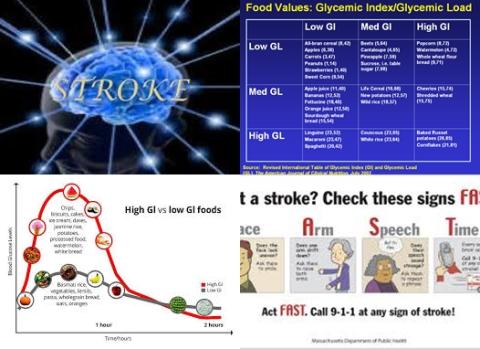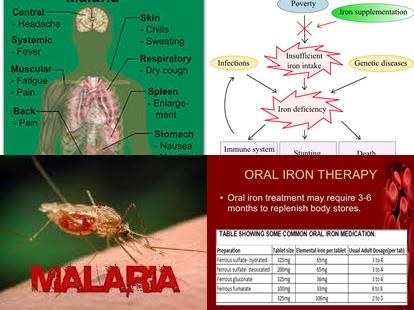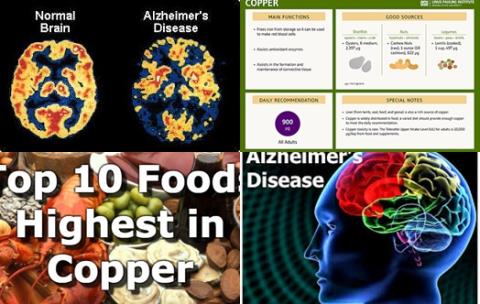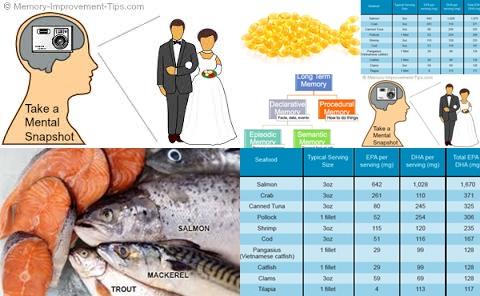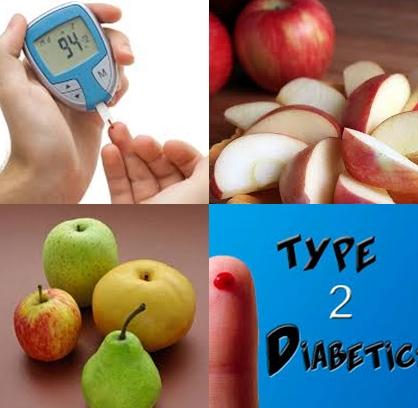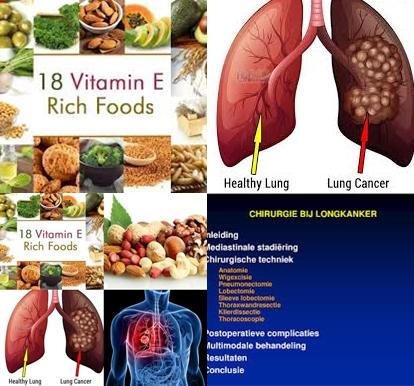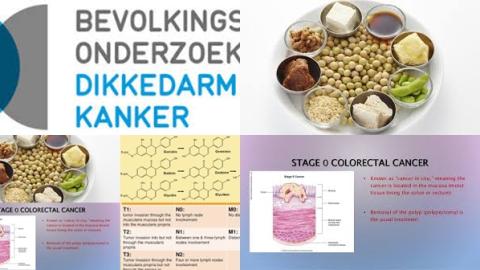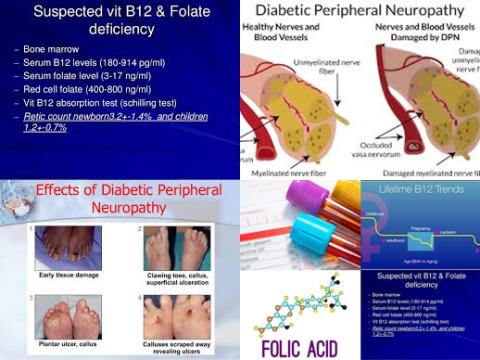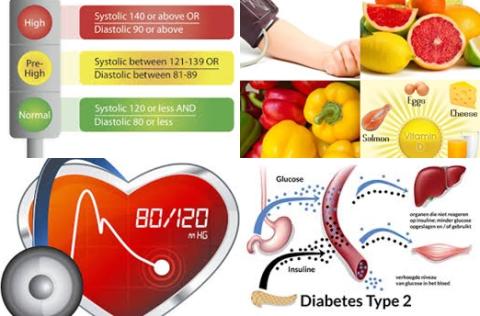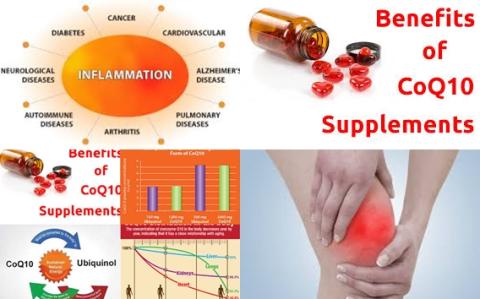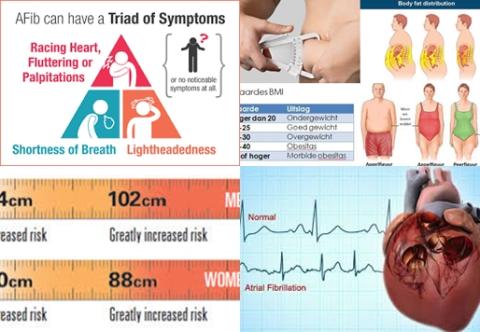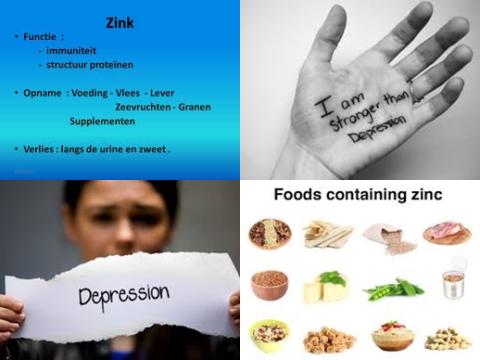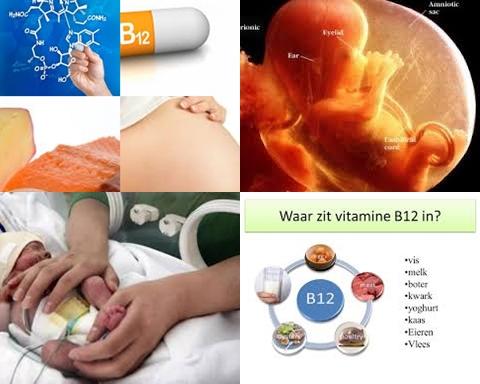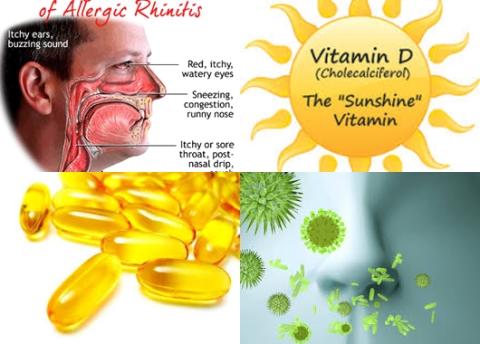Higher dietary carbohydrate intake increases colorectal cancer risk in men
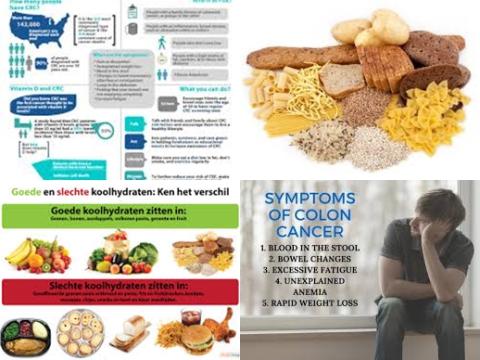
Objectives:
The association between dietary carbohydrate intake and colorectal cancer risk remains controversial. Therefore, this review article (meta-analysis) has been conducted.
Does higher dietary carbohydrate intake increase colorectal cancer risk?
Study design:
This review article included 8 case-controle studies en 9 prospective cohort studies involving 14,402 colorectal cancer patients among 846004 participants; 17 studies with 9,235 cases were to assess the association on colon cancer and 13 studies with 3,272 cases were to assess the association on rectum cancer.
No publication bias was found.
Results and conclusions:
The investigators found no association between dietary carbohydrate intake and colorectal cancer risk [pooled RR = 1.08, 95% CI = 0.93-1.23, I2 = 68.3%, p-heterogeneity 0.001]. No association because RR of 1 was found in the 95% CI of 0.93 to 1.23. RR of 1 means no risk/association.
The investigators found no association between dietary carbohydrate intake and colon cancer risk [pooled RR = 1.09, 95% CI = 0.95-1.25, I2 = 48.3%].
The investigators found no association between dietary carbohydrate intake and rectum cancer risk [pooled RR = 1.17, 95% CI = 0.98-1.39, I2 = 17.8%].
The investigators found in subgroup analyses for study design, a non-significant association for both case-control studies [summary RR = 1.40, 95% CI = 0.93-2.09] and cohort studies [summary RR = 0.99, 95% CI = 0.85-1.15].
The investigators found in stratified analysis by geographic locations, higher dietary carbohydrate intake had no significant association on colorectal cancer risk among American populations [summary RR = 1.08, 95% CI = 0.89-1.30], European populations [summary RR = 1.23, 95% CI = 0.91-1.64] or Asian population [summary RR = 0.98, 95% CI = 0.65-1.46].
The investigators found higher dietary carbohydrate intake significantly increased risk of colorectal cancer with 23% in men populations [summary RR = 1.23, 95% CI = 1.01-1.57], but not in women populations.
The investigators concluded that higher dietary carbohydrate intake increases colorectal cancer risk in men populations. Further studies are wanted to confirm this relationship.
Original title:
A meta-analysis between dietary carbohydrate intake and colorectal cancer risk: Evidence from 17 observational studies by Huang J, Pan G, [...], Zhu Z.
Link:
http://www.bioscirep.org/content/ppbioscirep/early/2017/03/15/BSR20160553.full.pdf
Additional information of El Mondo:
Find more information/studies on carbohydrates and colorectal cancer right here.
